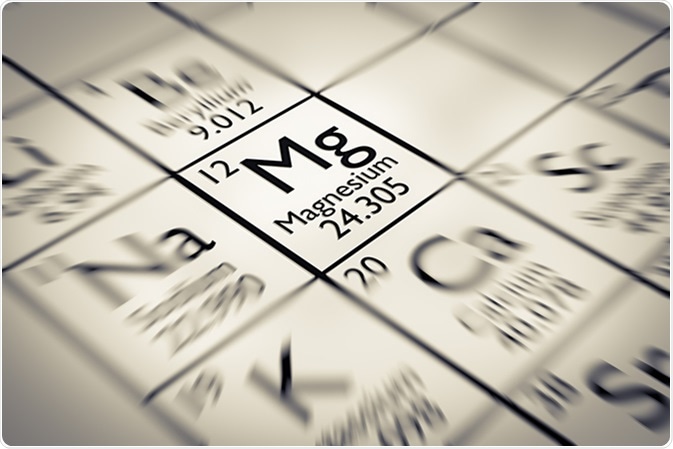buy generic atarax online without prescription

What is magnesium?
Magnesium is a mineral needed for the body to function properly. It is a vital nutrient for maintaining healthy bone structure that can be acquired through various foods and supplements. Magnesium is an abundant mineral in the body. It is naturally present in many foods. Though present in food groups, magnesium can be ingested through supplements as well as certain medicines such as laxatives and antacids.

Magnesium is vital for many body processes, including nerve function, muscle strength, regulation of blood pressure, accutane 30mg online and control of the synthesis of DNA, protein and bone tissue, as well as blood sugar levels. The amount of magnesium required by an individual depends on the age and sex.
The following tables recommened daily magnesium intake:
| Age | Dosage |
Infancy | 75 mg |
Toddlers | 80 mg |
Children | 130 mg |
Adolescent boys | 410 mg |
Adolescent girls | 360 mg |
Adult males | 400-420 mg |
Adult females | 310-320 mg |
Pregnant women may need more magnesium, with a recommended daily intake of 350 to 360 mg.
What are the uses of magnesium in the body?
Magnesium has many uses in the body. For one, magnesium enables countless biochemical processes. All nutrients, minerals, and vitamins used by the body are sources of energy, elements needed to maintain and control body functions, and building blocks for structures in the body.
Biochemical processes
Magnesium ions regulate about 300 biochemical reactions in the body. This is primarily due to magnesium’s role as an enzyme co-factor.
Generation of energy
Magnesium also plays a pivotal role in body processes that help generate and use adenosine triphosphate (ATP) in the cells. ATP is the energy stored in the body’s cells. The mineral is also important for energy production. ATP is important in certain actions like muscle fiber contraction, cell reproduction, protein synthesis, and transport of chemicals or substances across the cell barrier.
Protection of DNA
The deoxyribonucleic acid (DNA) is the genetic code of the body, which is used in protein building and reproduction of cells. It’s crucial that the body’s DNA be stabilized to reduce the risk of mutations that could affect the function of cells.
It is magnesium’s role to maintain the stability of DNA, while at the same time it functions as a cofactor in the repair of DNA damage caused by environmental mutagens.
Regulation of electrolyte imbalance
Magnesium helps regulate electrolyte balance. The cells in the body need a balanced mineral content. Magnesium helps in the conduction of nerve impulses, heart rhythms, and muscle contractions, just like other minerals like calcium, potassium, and sodium.
These minerals flow out and into the cells, and a balance should be maintained between them and the surrounding concentrations of water molecules.
Cellular and tissue function
To keep cells healthy and functioning properly, the distribution of magnesium and other minerals should be maintained and regulated appropriately.
Generally, magnesium is needed for the proper maintenance and growth of bones. It’s also needed by the muscles, nerves, and other parts of the body.
How can you get more magnesium into your diet?
To get more magnesium into the diet, you should eat food sources that are rich in magnesium. this includes loads of plant foods, including dark chocolate.
The best sources are green leafy vegetables such as spinach, kale, basil, cabbage, beet greens, watercress, and romaine lettuce, to name a few. Breakfast cereal is among the many foods that are fortified with magnesium and also serve as a good source of this mineral.

Other foods that contain magnesium include:
- legumes like black beans, kidney beans and chickpeas
- whole grains
- milk and yogurt
- fruits like avocado, banana, figs, and raspberries
- nuts and seeds
- other vegetables like artichokes, asparagus, brussels sprouts, and peas
- seafood like salmon, mackerel, and tuna
- dark chocolate
- tofu
- raw cacao
- chlorella powder
Another important note to consider is to reduce or stop the intake of sugar, alcohol, and processed foods to help maximize the intake of magnesium in the body.
There are magnesium supplements available in the market, but it’s also crucial to obtain essential vitamins and minerals through the diet. If you have a well-balanced diet, there’s no need for supplementation. Loading up on foods that are healthy is the simplest way to get magnesium into the diet.
Sources
- https://ods.od.nih.gov/factsheets/Magnesium-HealthProfessional/
- https://ods.od.nih.gov/factsheets/Magnesium-Consumer/
- https://ods.od.nih.gov/pdf/factsheets/Magnesium-Consumer.pdf
- https://www.nal.usda.gov/fnic/magnesium
- health.gov/dietaryguidelines/dga2005/document/html/appendixB.htm
- www.abs.gov.au/…/4364.0.55.008~2011-12~Main%20Features~Magnesium~406
Further Reading
- All Diet Content
- Low Calorie and Very Low Calorie Diets
- Diabetic Diet
- DASH Diet for High Blood Pressure
- High Protein Diet
Last Updated: Feb 6, 2019

Written by
Angela Betsaida B. Laguipo
Angela is a nurse by profession and a writer by heart. She graduated with honors (Cum Laude) for her Bachelor of Nursing degree at the University of Baguio, Philippines. She is currently completing her Master's Degree where she specialized in Maternal and Child Nursing and worked as a clinical instructor and educator in the School of Nursing at the University of Baguio.
Source: Read Full Article